Client Bill of Rights
Surrey Place welcomes me. They want me to be comfortable here. They want to help me learn about my rights.
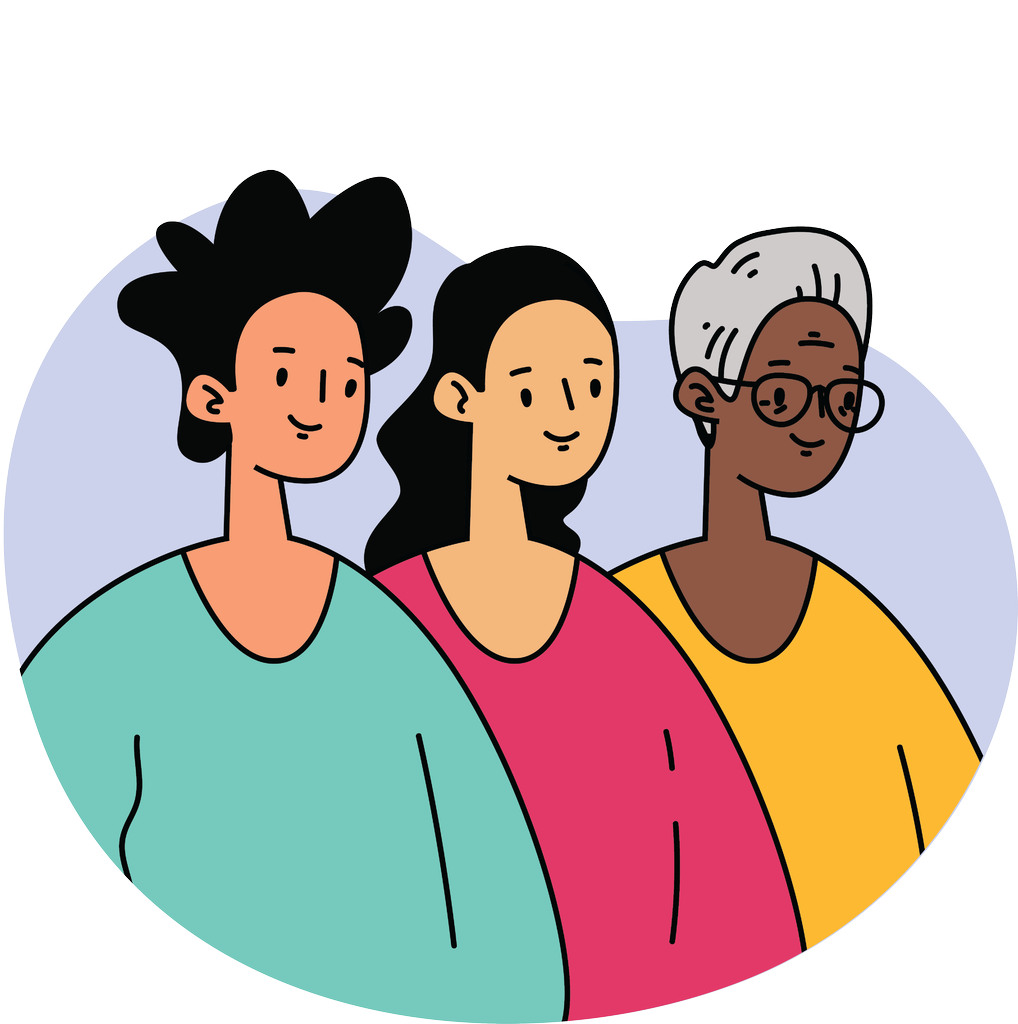
I have the right to be treated with respect regardless of my ethnic background, culture, religion, sex, sexual orientation, gender identity, age, mental or physical disability and financial situation.
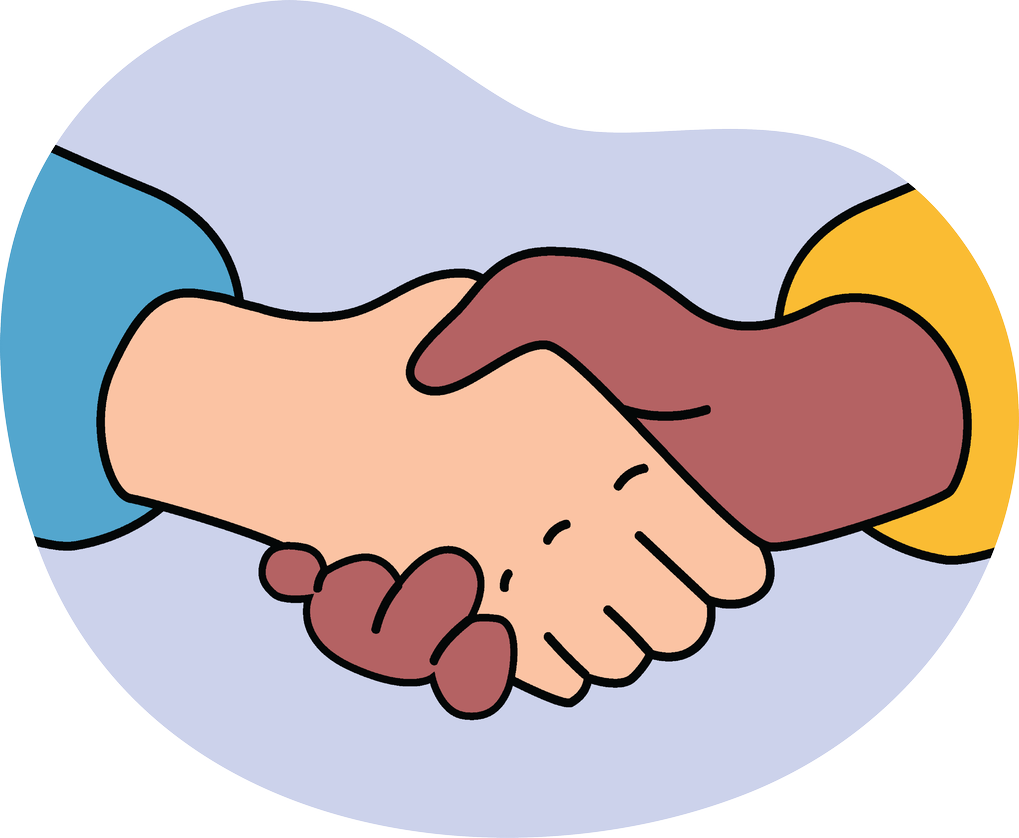
I will be treated with respect and dignity. Surrey Place staff will always be polite. They will do their best to protect me and other people from harm, bullying and being made fun of.
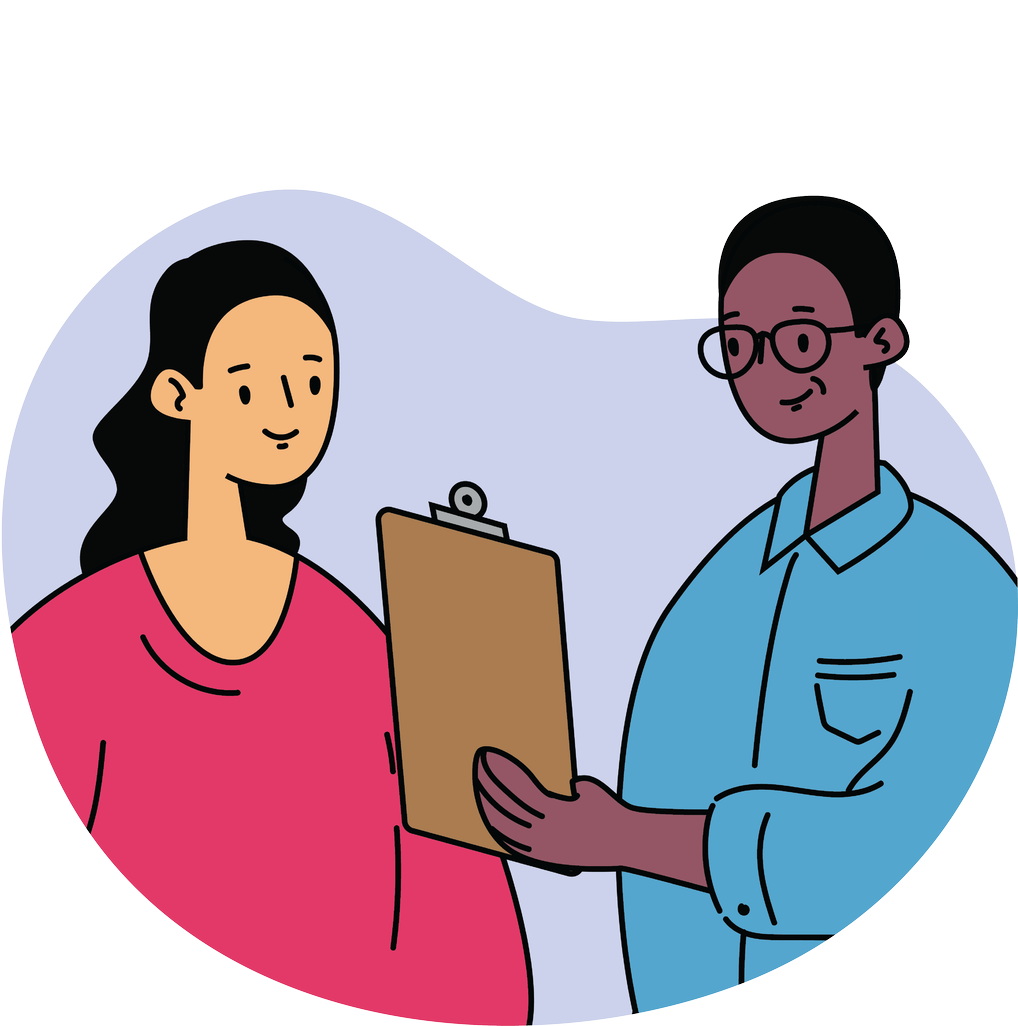
Surrey Place will always provide high quality services. They will follow the laws of Canada and the staff will follow the rules of their professions.
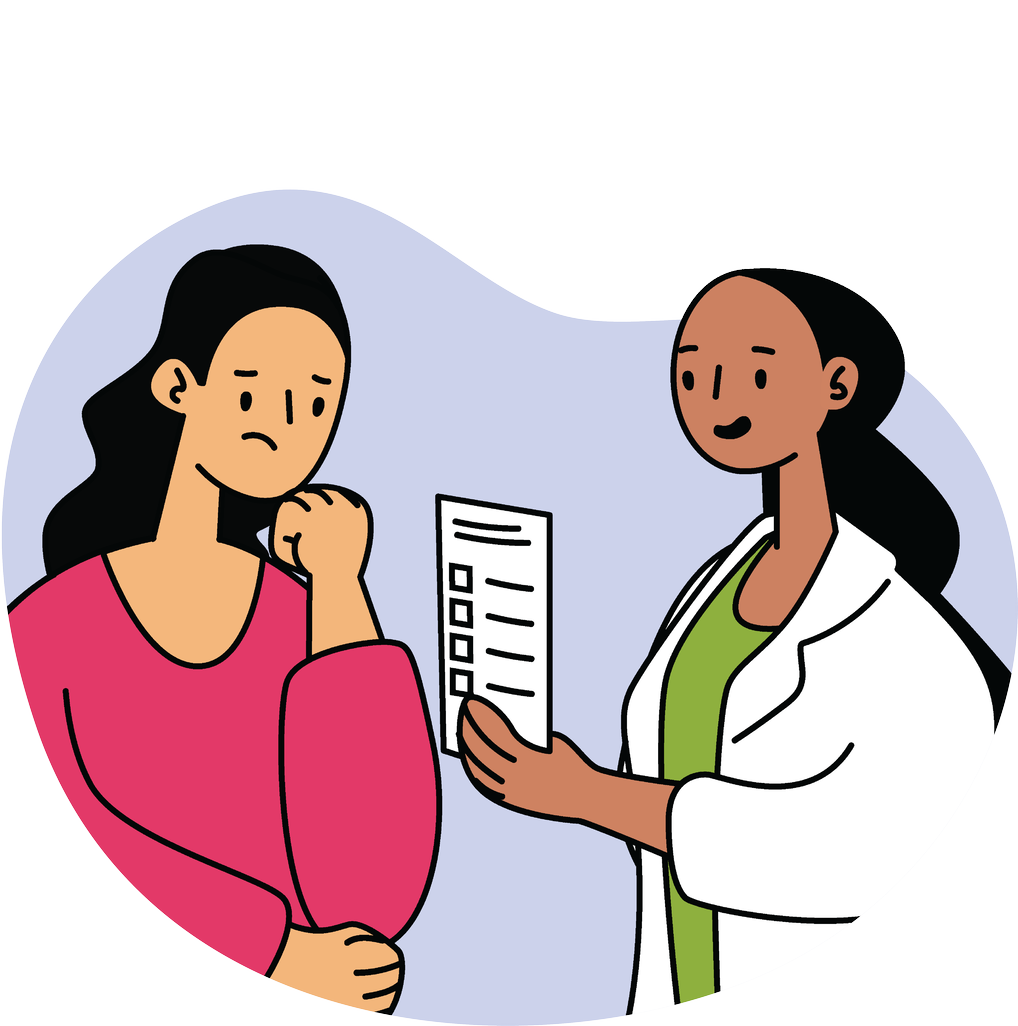
If I’m ever unhappy with my services, I can share my experience by emailing feedback@surreyplace.ca. If I complain, it will not affect my services.
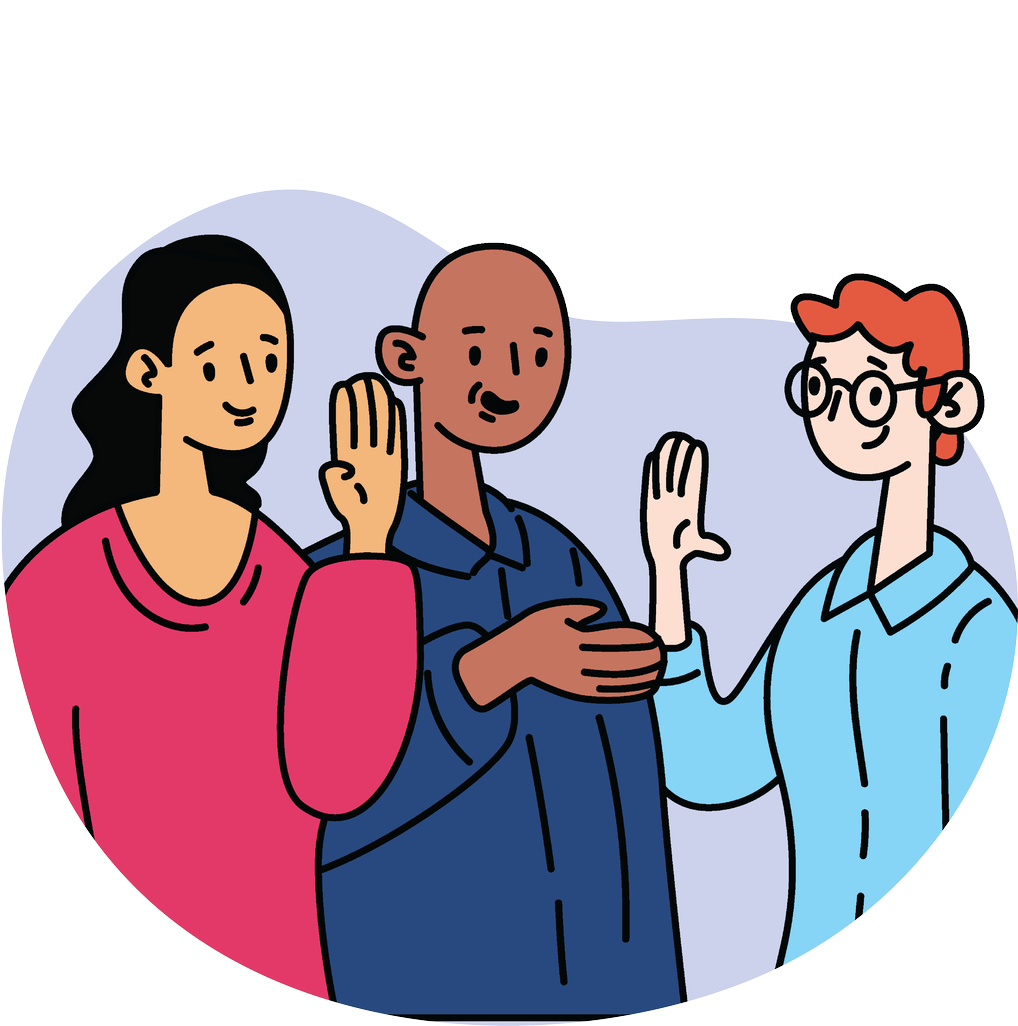
Surrey Place will give me information about my services and answer all my questions. They might use some of my work to teach a student and they may ask me if I can work with them.
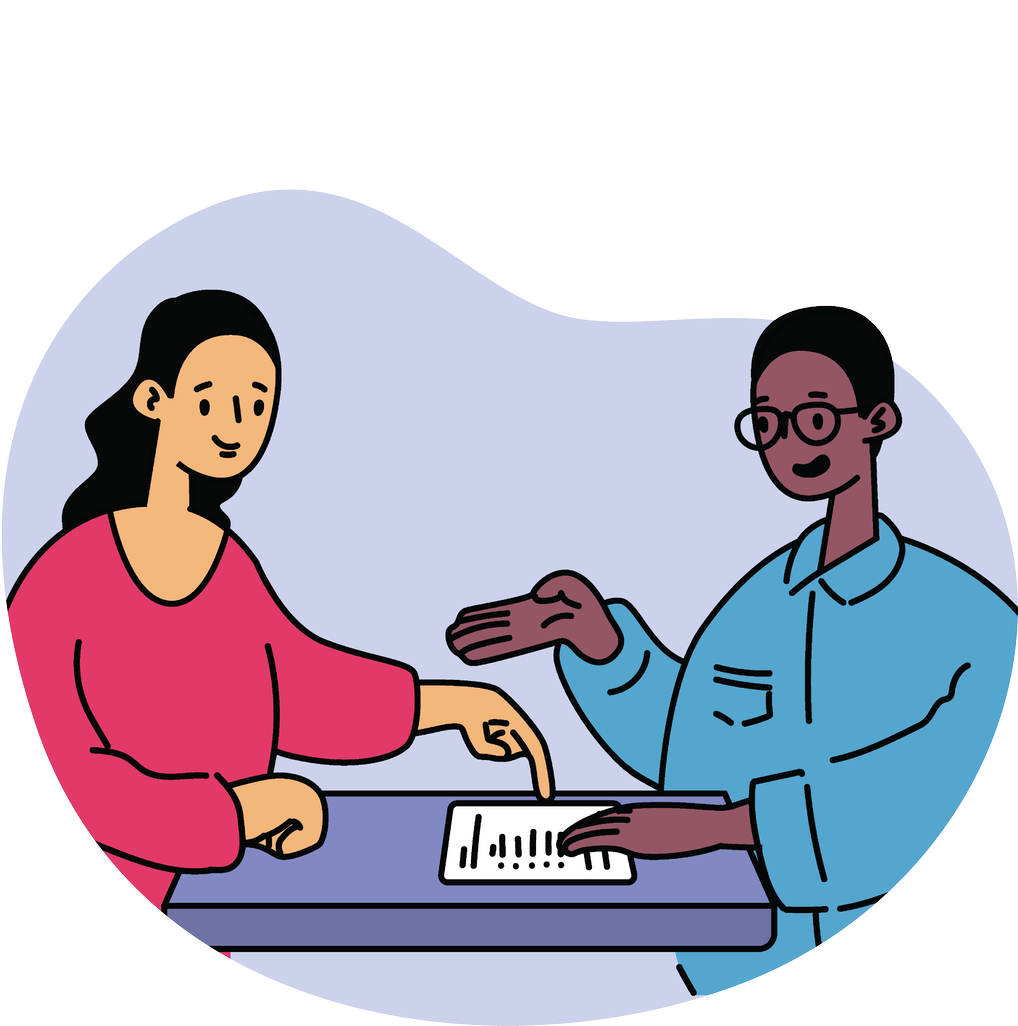
I will make choices in the things I do with my worker at Surrey Place. I can choose what is best for me and change my mind at any time.
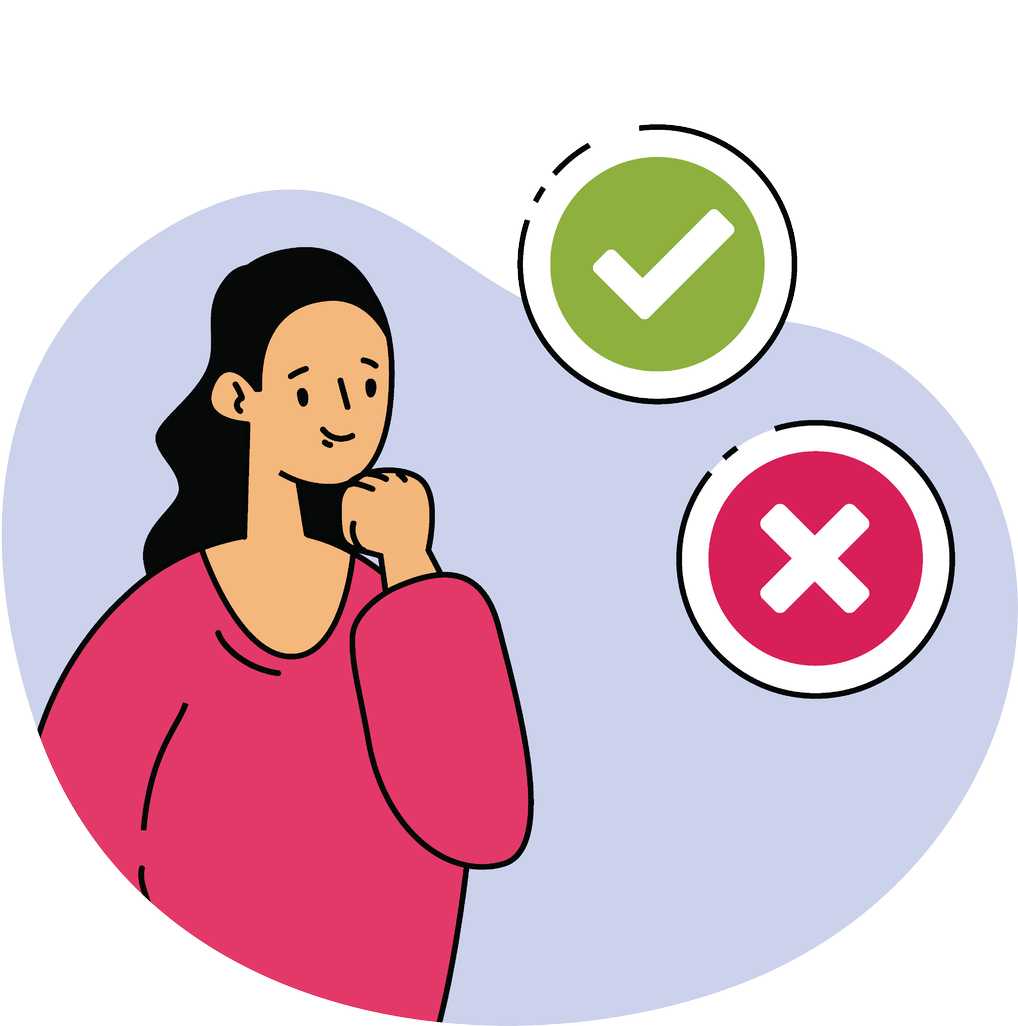
I can say yes or no at any time, and that is okay.
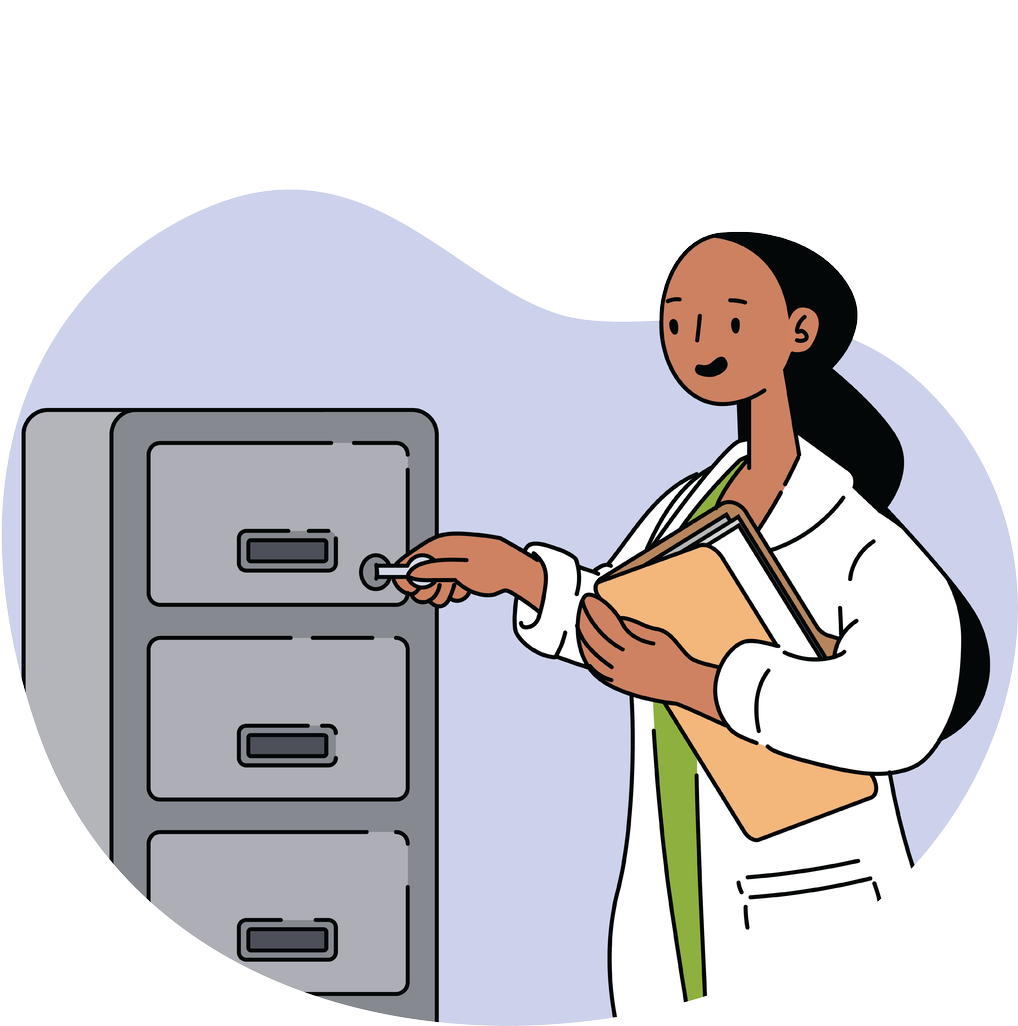
Surrey Place keeps my reports and letters in my personal records. These are private. I can look at them whenever I want and get help to understand them. Other people can look at them if I say it’s okay.
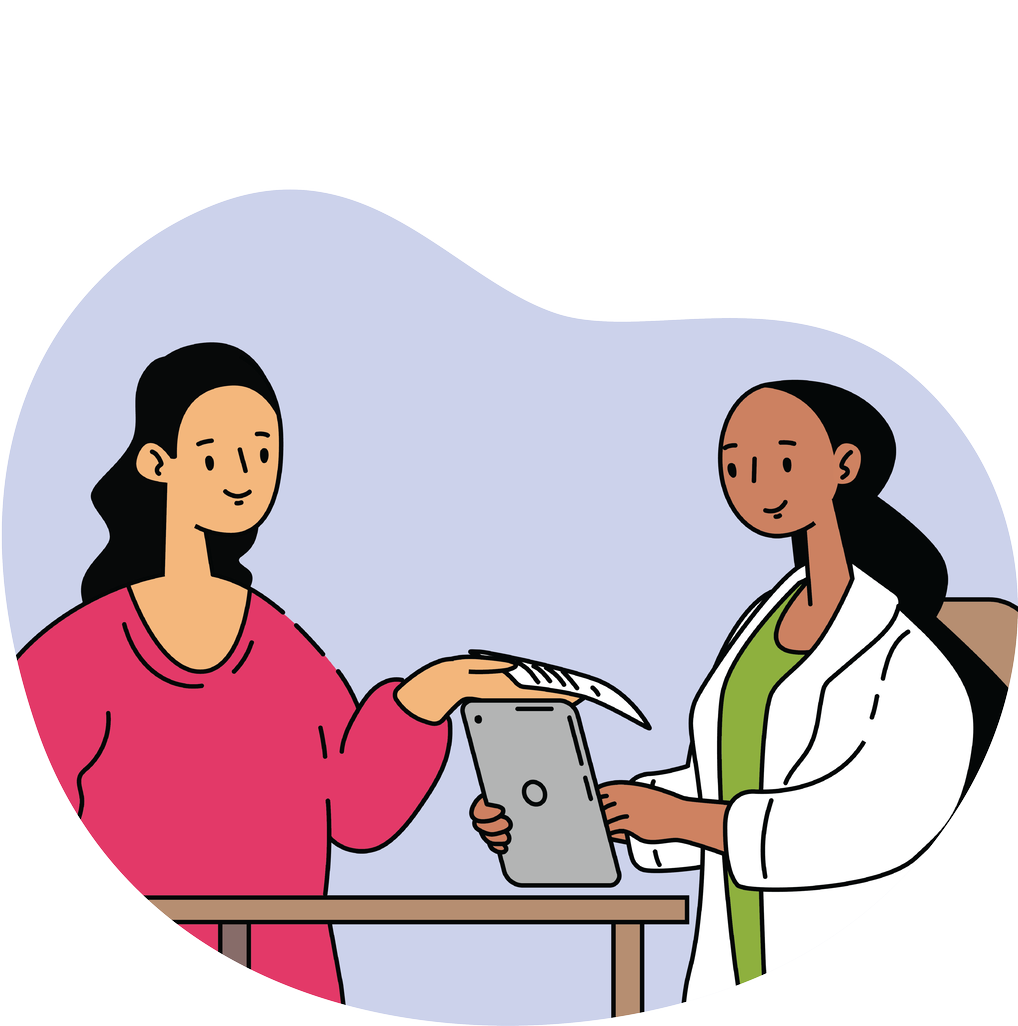
Surrey Place staff might ask to use some of my information for research. Research helps our staff learn. I can say yes or no. If I say no, it will not affect my services.